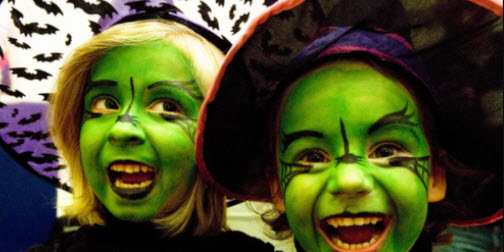http://2.bp.blogspot.com/-4a8SXwmulSs/WfX_XthAILI/AAAAAAAALBA/imyAlNOs8foUvGWrLIMiz-TBNG1cN6t6ACK4BGAYYCw/s1600/2017-10-29_21-47-51.jpg

Halloween is here again and although it seems to get more commercial each year, one constant remains – giving each other a good fright. The startle response, whether from a particularly convincing trick-or-treater on your doorstep or a fright in a horror movie, seems to be close to a human universal. When we look at other animals, even very simple ones, there are stereotyped movements called fixed-action patterns. In invertebrates these are usually related to fighting or feeding but they’re triggered by a single neuron. No matter what the context or stimulus the animal still produces the same set of actions in the same order. So it is with us. While different cultures have developed different triggers to freak each other out the end result seems to be the same – and all humans share the startle response as completely stereotyped behaviour. It is as fundamental as a knee-jerk. We still don’t know why producing it in a controlled way seems to give pleasure in many cases, although we can speculate that the fight-or-flight response is stimulating and enjoyable when we know there is no real consequence.
Dr Daniel Glaser is director of Science Gallery at King’s College London
guardian.co.uk © Guardian News & Media Limited 2010
Published via the Guardian News Feed plugin for WordPress.
Why we love a fright at Halloweenhttps://goo.gl/xnmafE











0 comments:
Post a Comment